The above radio interview occurred on August 14, 2024 and was a primer for my first presentation on August 16th that sought to unveil a unique human-centric approach to AI+Ethics inspired by Pope Francis message at the 2024 World Day of Peace entitled Artificial Intelligence & Peace. Although successful in many ways, the presentation served as more of an experimental platform for assessing how I can best convey the ‘Living-Systems’ approach that I hope to launch over 2025 and beyond. Honestly, I learned a lot from this first attempt with the primary lesson being that my presentation skills are best expressed when they are describing something that is being built rather than a mere conceptual hypothesis.
After all, I am a street philosopher who is by no means informed solely by pure theoretical concepts like many of the philosophers that this substack platform is critical of. To the contrary, I draw from and thrive within real, embodied encounters with the living, breathing world within which we are formed. For example, the first portion of the presentation below simply outlined the practical nuts and bolts of my proposal by first defining what AI is through three succinct points and secondly unpacking the historical emergence of the Vatican’s “Rome Call” for AI ethics which was fairly straight forward. The first slides were:
Following these succinct definitory points of how we can begin to define AI, I then turned to the following slides that provided what many of the presentation participants wanted to know given the audience was primarily made up of Catholics (and two beautiful and compassionate Buddhists) along with the title being taken from Pope Francis’ message at the 2024 World Day of Peace.
This concrete and fairly straightforward portion of the presentation ended with a video that, due to technological complications, I was unable to play. It provides a good general understanding of the Pope’s call of AI ethics.
History of the Living Systems Approach
The second tangible component of the presentation entitled “My Journey” described my past work in Central Appalachian Coal country and Winston-Salem that highlighted the importance that participatory design (what Architects call a design charrette) has played in launching both Sustainable Williamson and Renew Forsyth. The photo from this slide was taken from a 2015 piece in The Bitter Southerner entitled Kentucky Gets Hip to Hemp.
In this section of the presentation, I provided a number of reports, briefings and action plans that described in detail the core process-design that is often referred to as a ‘living-lab.’ In short, my past work basically boiled down to involving community stakeholders in the process of community revitalization from the onset of a given project. This ensured that all parties that would be affected by said project would play an active role in how it is developed over time. Within this basic structure in mind, the core premise for AI+Ethics is built upon a similar living-lab strategy that can be integrated into the development of AI by and through the Rome Call for AI Ethics.
I put it this way in my paper entitled “Artificial Intelligence & Peace: Post-Doc Research Proposal” (HERE) regarding how this living-lab process-design plays a central role in the development of AI stating that…
…this research proposal considers the very real fact that new generations of highly networked computational systems, aided by the global presence of cyberinfrastructure, are playing an increasingly important role in forming and shaping society. As Bishop Barron so poignantly puts it, such cyberinfrastructure, if left unchecked, becomes “so widespread that, before we know it, we might well find ourselves completely under their thrall.” Such increasing depth and breadth of computational systems being integrated into our day-to-day lives, otherwise known as the ‘internet of things,’ is making the demand for a new breed of research ethics and integrity rooted in a ‘living-systems’ approach all the more important. This is due to the fact that, although these computational systems “have no interiority or morality other than mere calculation, they increasingly have capabilities that humans associate with thought and intelligence.” What this means in practical terms is that AI research has to migrate from its mind-centric, sterile lab methodology of research and development that ignores organic interiority to a more embodied approach that constitutes “an experiential environment, which could be compared to the concept of experiential learning, where citizens are immersed in a co-creative social space for designing and experiencing their own future.” Many have come to call this ‘living-systems’ approach to applied research a Living-Lab which has been the core focus of my field research from the publication of the “2011 CASE Study: Williamson Local Energy Action Plan” with the Southface Institute to the 2021 “Renew Forsyth Action Plan” co-launched with Dream.org.1
The above 2011 CASE Study and 2021 Action Plan along with the other reports that can be found (HERE) provide a clear framework through which I hope to integrate a ‘Living-Systems’ approach into the emerging field of AI+Ethics. The key component of this novel ‘AI plus Ethics’ approach is the Story of the Plate platform that was partially launched through Renew Forsyth from 2018 - 2022.2 Described in a 2019 Pain Pathways article (HERE) and a 2021 Biocycle Magazine article (HERE), this platform connected the City of Winston Salem’s food supply-chain from compost - to - soil - to - food and back (again) to compost to help residents to begin experiencing in concrete ways what a circular economy is and, most importantly, what it may become in the future.
My presentation then quickly shifted from my comfort zone of discussing concrete projects and what they could potentially become to highlight the more speculative (conceptual) component that sought to connect the external food supply-chain that was developed with Renew Forsyth to an internal soil - to - gut - to - neurophysiology - to - brain continuum that had not yet moved completely from theory into practice. Nonetheless, this focus on the internal component of the Story of the Plate platform is quite possibly the most important aspect given it seeks to shift our present framework for unveiling what consciousness is - which is predominantly machine-centric via AI ‘neural networks’ (see Post-Doc proposal for more) - through a human-centric or Living-Systems Approach.
With regards to Renew Forsyth, the seeds of this internal component were being explored through a unique STEAM-based curriculum-design process that myself and others were launching in partnership with the Winston Salem Forsyth County School system. This initiative was a part of what we referred to as a “Food Innovation Lab” or Food-Lab in the Renew Forsyth Action Plan (HERE). The action plan describes this crucial component as follows:
Serving as the experiential, hands-on component of the curriculum design process, the Food-Lab will begin with the arts component of the proposed STEAM approach by focusing on integrating the on-campus garden and rooftop garden into the Career Center’s kitchen and Carter G. High School’s greenhouse that will provide students with a comprehensive understanding of the soil-to-food supply-chain. The on-campus garden will focus on bionutrient food production and urban agroforestry with the food forest component bringing together food and health through the SDoH-Trauma Resiliency framework. Career Center’s rooftop garden will launch a replicable pollinator/sensory garden that other city buildings can adapt, adopt and integrate. Lastly, the Career Center kitchen will integrate specific food processing and production infrastructure so students will gain a comprehensive understanding of a regenerative supply-chain that will include an augmented curriculum co-designed with Living Architecture Systems Group that includes a composting kiosk kit for other schools that adopt, adapt and integrate the growing Story of the Plate platform into their school courses.3
Unfortunately this crucial component was deeply impacted by the COVID shutdown in 2021 and quickly came to an end when our anchor culinary teacher at Career Center resigned in 2023. What resided at the core of this curriculum-design process was that the difference between the external and internal Story of the Plate platform came down to one very succinct distinction between machine architecture (e.g., proliferates ‘fully anisotropic difference’ or modularity via Musielak-Orlicz spaces) and living architecture (i.e., sustains unity via temporal isotropy).4
Machine Architecture
This is perhaps the most difficult aspect of the living-systems model to explain given its philosophical/theological framing of the external/internal dimension which is in many ways influenced by New Materialism’s co-founder Manuel DeLanda’s strong distaste for the relations of interiority that define living architecture systems. For him, allowing…
…the possibility of complex interactions between component parts is crucial to define mechanisms of emergence but this possibility disappears if the parts are fused together into a seamless web. Thus, what needs to be challenged is the very idea of relations of interiority.5
In other words, DeLanda properly conceptualizes relations of exteriority as fundamentally anisotropic in nature where “any individual occurrence of [Orchestrated Reduction] without orchestration would be a moment of random proto-consciousness lacking cognition and meaningful content.”6 What this means is that the fundamental building blocks of reality are are indeed conscious but are far from expressing the conscious experience of entities that draw from quantum relations of interiority or isotropic relations that reside of the edge of chaos and order - precending/flowing from the side of order into chaos. Alternatively, the proto-consciousness of AI comes from the side of chaos (i.e., pure difference) - into - order where the authors of “Complex Networks from Classical to Quantum,” strongly…
…suggests that “further advancement along this track” should be explored “because it might play a fundamental role in quantum-enhanced technology and could lead to experiments devoted to test cross-disciplinary ideas in quantum and complexity science.” This is due to the “recent progress in applying complex network theory to problems in quantum information [that] has resulted in a beneficial cross-over” between the classical and quantum domains. Moreover, “complex network methods have successfully been applied to transport and entanglement models while information physics is setting the stage for a theory of complex systems with quantum information-inspired methods.” As a result, “novel quantum induced effects have been predicted in random graphs—where edges represent entangled links—and quantum computer algorithms have been proposed to offer enhancement for several network problems.”7
According to the co-founders of the Orchestrated Objective Reduction (OrchOR) model for consciousness, Stuart Hameroff and Roger Penrose tell us that “the experiential elements of [such a] proto-consciousness would be intimately tied in with the most primitive Planck-level ingredients of space–time geometry, these presumed ‘ingredients’ being taken to be at the absurdly tiny level of 10−35m and 10−43s, a distance and a time some 20 orders of magnitude smaller than those of normal particle-physics scales and their most rapid processes, and they are smaller by far than biological scales and processes.”8
It’s within this domain of Plank-level anisotropic relations (i.e., so-called qubits) where AI will forevermore reside without any hope of attaining genuine isotropic relations of interiority. And it also within this extrinsic domain where Delanda, an AI-guru and cyber-prophet to many trans and posthumanist alike, unveils “the main theoretical alternative to organic totalities” whose conscious experience emerges from isotropic relations. This machine-centric alternative “is what the philosopher Gilles Deleuze calls assemblages, wholes characterized by relations of exteriority.” Delanda goes on to explain that…
…these relations imply, first of all, that a component part of an assemblage may be detached from it and plugged into a different assemblage in which its interactions are different. In other words, the exteriority of relations implies a certain autonomy for the terms they relate, or as Deleuze puts it, it implies that “a relation may change without the terms changing”. Relations of exteriority also imply that the properties of the component parts can never explain the relations which constitute a whole.9
This is the absolute essence of AI’s machine architecture that brings much needed light to Kalan’s quote below that further clarifies the machine vs living distinction.
Within this fairly straight forward distinction that’s drawn between the radical exteriority of proto-consciousness (chaos - to - order) and the intensive interiority of consciousness (order - to - chaos), the one on the left deals with a modular platform which can be augmented through various computational systems that, according to Jonathan Askonas and Justin Litke of Catholic University, “have no interiority or morality other than mere calculation.”10 Calculations that, I might add, can serve humanity in a manner that can bring about peace rather than war in the age of intelligent machines. A topic that my first academic publication, which will be released on this platform in 2024, entitled “Peace in the Age of Intelligent Machines” will deal with at length.
In a failed attempt to succinctly describe the above theory of consciousness and the new physics that it implies, during my presentation I used quantum computers as a way to convey what the essence of what machine architecture is in terms of quantum relations.
Living Architecture
Using this ‘anisotropic’ (i.e., exterior) framework as a backdrop, Living Architecture is best understood as intrinsically living and by default radically interior and should in no way be considered as merely intelligent but as embodied or infused with consciousness in a radically isotropic manner on par with what astrophysicist call the gravitational wave background (GWB) of which I have begun to explore on this platform. As such, my hypothesis posits that GWB is related to OrchOR given it “would have its onset determined by a condition referred to as ‘the one-graviton’ criterion.”11
However, in Penrose, a much better-founded criterion was used, now frequently referred to as the Diósi–Penrose proposal (henceforth ‘DP’; see Diósi's earlier work, which was a similar gravitational scheme, though not motivated via specific general-relativistic principles). The DP proposal gives an objective physical threshold, providing a plausible lifetime for quantum-superposed states. Other gravitational OR proposals have been put forward, from time to time as solutions to the measurement problem, suggesting modifications of standard quantum mechanics, but all these differ from DP in important respects. Among these, only the DP proposal (in its role within Orch OR) has been suggested as having anything to do with the consciousness issue.12
This was where both my intuition and presentation began to breakdown as 1) I didn’t have the time to discuss what the New Physics is as it relates to GWB and 2) the machine/living architecture distinction has thus far taken two books to explain with one being a three volume work entitled Assembling Restoration.
Basically, it goes without saying that this is admittedly the most complex endeavor that I have yet to face in my 20+ years in developing novel approaches to various barriers to human development but in the end I believe that the ‘Living-Systems’ approach that I am seeking to co-create provides a key element to, as Askonas and Litke puts it, “the challenge of the future.”13 This existential challenge “will not be that humans are being displaced by AI but that AI might short-circuit the human willingness to endure the ardors of cultivating the kind of intensity, knowledge, and focus that will, in the end, outperform AI systems.”14
Here is precisely where my research steps in. The following slides from my presentation provide a cursory overview along with cited sources of the process-designs that are described in my Post-Doc Research proposal (HERE). Although potent in many ways with regards to the various posts that are thus far available on this platform, they are still speculative in nature given that the interdisciplinary disposition of the ‘Living-Systems’ approach has yet to be coalesced into a single framework I am calling AI+Ethics (i.e., AI plus Ethics).15 To this end, my post-doc research seeks to build a global collaboration through Riverside Architectural Press to begin developing this AI+Ethics framework (more on this below).
This said, Living Architecture is best understood by using centrioles (i.e., microtubules) as a baseline given: 1) “The Orch OR theory proposes quantum computations in brain microtubules account for consciousness;” 2) “Microtubule ‘quantum channels’ in which anesthetics erase consciousness are identified;” 3) “Evidence for warm quantum vibrations in brain microtubules is cited;” 4) “Interference of microtubule vibrations are ‘beat frequencies’ seen as EEG;” and 5) “Orch OR links consciousness to processes in fundamental space–time geometry.”16
This is in essence the human-centric approach to connecting Artificial Intelligence & Peace that understands the human soul from the perspective of The Sentient Cell: the Cellular Foundations of Consciousness.17
From this basic understanding of the soul, I began to frame how consciousness is a highly relational system within which we, along with an almost infinite number of life forms, are swimming in. That is, the radical interiority of life (i.e., its isotropic nature) is best understood philosophically as a Many/One relation within which we creatures (many) are one within the Mind of God (i.e., consciousness). This is precisely where the Story of the Plate’s central human/machine interface comes in. That is, the external computational platform of the food supply-chain (i.e., its modularity) can be used to augment our understanding of this Many/One relationship without stepping over into the highly questionable boundaries that some advocates of brain/computer interfaces suggest (i.e., computer chip integrated into our brains). Here again, this boils down to a distinction between living and machine architectures where the first consist of soul - to - soil assemblages that unfold in the following fashion…
…to form a kind of Unitive Intelligence or UI “Stack" that defines what I belive to be the essence of a Human-Centric approach to AI. This ‘Living-Systems’ approach builds from the already established global crop commons and microbial commons to form both a health commons that I call a health innovation district in Renew Forsyth’s Action Plan (HERE) and a noetic commons by and through my proposed Resilient Communities Index that is described (HERE). All of which will be further unveiled with the release of Aion: A Living Blueprint in 2025.
Peace in the Age of Intelligent Machines
Taken together, this is a direct response to the present machine-centric approach that in many ways rests upon brain-machine interfaces such as neuralink. Interfaces that essentially negate (blurs) the development of a noetic commons that consists of a global health, microbial and crop commons ‘stack’ in favor of a singular AI commons approach such as those suggested by Open AI.
Here, we find that the intrinsic relations through which the Many/One is sustained is tantamount to love rather than mere computation. Indeed:
Pointedly, with the machine-centric approach “they exchange the truth about God for a lie and worship and serve the creature rather than the Creator.”18
Whereas with the human-centric approach we “shall love the Lord our God with all our hearts and with all our souls and with all our minds.”19
As alluded to earlier, this is precisely where a ‘Living-Systems’ approach to AI+Ethics called a Living-Lab steps in that clarifies the inter-relational nature between the Many and the One…
…rather than negating/blurring it by and through a AI-centered approach.
Again, this essentially comes down to the fundamental difference between the machine architectures of AI…
…versus the living architectures that make of the UI ecosystem of consciousness within which we are immersed within on this tiny blue planet we call Earth.
Conclusion
It’s at this juncture in the presentation where my postdoctoral research stepped in to lay the initial framework for unveiling the UI ecosystem. Again, this research is fully described in the Post-Doc Research Proposal cited in the notes below. While concluding my presentation I explained the following components…
…along with requesting that folks consider donating to my post-doc research that can be broken down in the following fashion where $4K gets my foot in the door, $5K allows for me to ramp things up in terms of the publication component and $12-30K helps myself and our team at Living Architecture Systems Group to begin building a real-world living-lab platform called Aion.
If you have read this far, thank you! And if this research interests you, you can continue to follow it by subscribing to this platform below while also considering becoming a paid subscriber where the funds will go directly to the budget outlined above and described in the Post-Doc proposal below.
J. Eric Mathis, “Artificial Intelligence & Peace: Post-Doc Research Proposal,” academia.edu (2024): https://www.academia.edu/122319955/Artificial_Intelligence_and_Peace_Post_Doc_Research_Proposal
The AI plus Ethics implies that AI cannot be intrinsically ethical but must be intentionally added to by moral agents in order to ensure a genuine AI+Ethics approach is achieved. The plus sign (+) can be thought of a morality which is rooted in human dignity and thus can be understood as the human-centered approach.
J. Eric Mathis, “Renew Forsyth Action Plan: Towards a Health Innovation District Model,” academia.edu (2023): https://www.academia.edu/122214566/2023_Renew_Forsyth_Action_Plan_Towards_a_Health_Innovation_District_Model
For more on both anisotropic space and isotropic time see: Iwona Chlebicka, Piotr Gwiazda, and Anna Zatorska–Goldstein, “Parabolic Equation in Time and Space Dependent Anisotropic Musielak–Orlicz Spaces in Absence of Lavrentiev's Phenomenon,” in Annales de l'Institut Henri Poincaré C, Analyse non linéaire, vol. 36, no. 5, pp. 1431-1465, ISSN 0294-1449, https://www.sciencedirect.com/science/article/pii/S0294144919300137#br0060; Ying Li, Fengping Yao, and Shulin Zhou, “Entropy and Renormalized Solutions to the General Nonlinear Elliptic Equations in Musielak–Orlicz Spaces,” Nonlinear Analysis: Real World Applications 61 (2021): 103330; Iwona Chlebicka, Piotr Gwiazda, Agnieszka Świerczewska-Gwiazda, and Aneta Wróblewska-Kamińska, Partial Differential Equations in Anisotropic Musielak-Orlicz Spaces (Springer, 2021); and Somajit Dey, “Time Isotropy, Lorentz Transformation and Inertial Frames,” Studies in History and Philosophy of Science Part B: Studies in History and Philosophy of Modern Physics 63 (2018): 123-127.
Manuel DeLanda, A New Philosophy of Society: Assemblage Theory and Social Complexity (Continuum, 2006),
Stuart Hameroff and Roger Penrose, “Consciousness in the Universe: A Review of the ‘Orch OR’ Theory,” Physics of Life Reviews 11, no. 1 (2014): 39-78.
Mathis, “Artificial Intelligence & Peace,” 37-38.
Hameroff, “Consciousness in the Universe.”
Delanda, A New Philosophy of Society, 10,
Jonathan Askonas and Justin Litke, “How to Think & What to Love: Forming Students in the Age of AI,” in Evangelization & Culture: Artificial Intelligence 19 (Spring, 2024): 84.
Hameroff, “Consciousness in the Universe.”
Ibid.
Askonas, “How to Think & What to Love,” 88.
Ibid.
See note 2 above.
Hameroff, “Consciousness in the Universe.”
Author S. Reber, Frantisek Baluska, and William Miller. The Sentient Cell: the Cellular Foundations of Consciousness. Oxford University Press, 2023.
Romans 1:20 ESV
Matthew 22:37 ESV





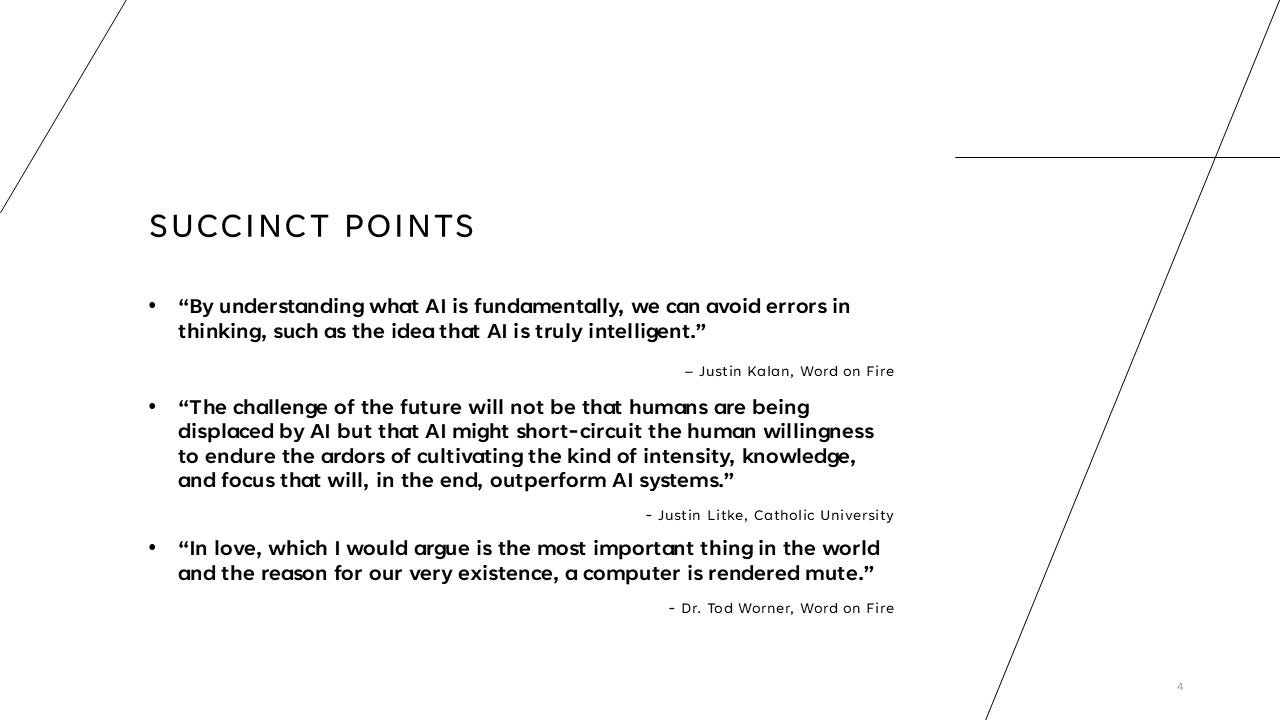
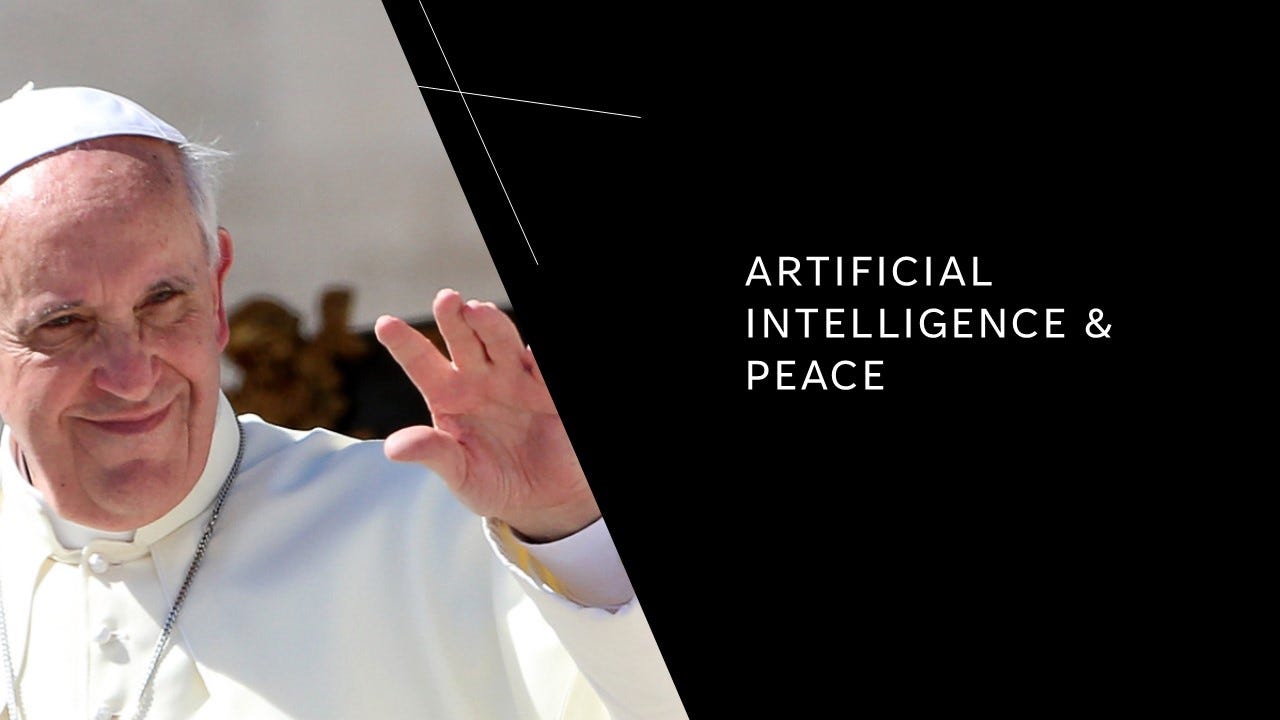
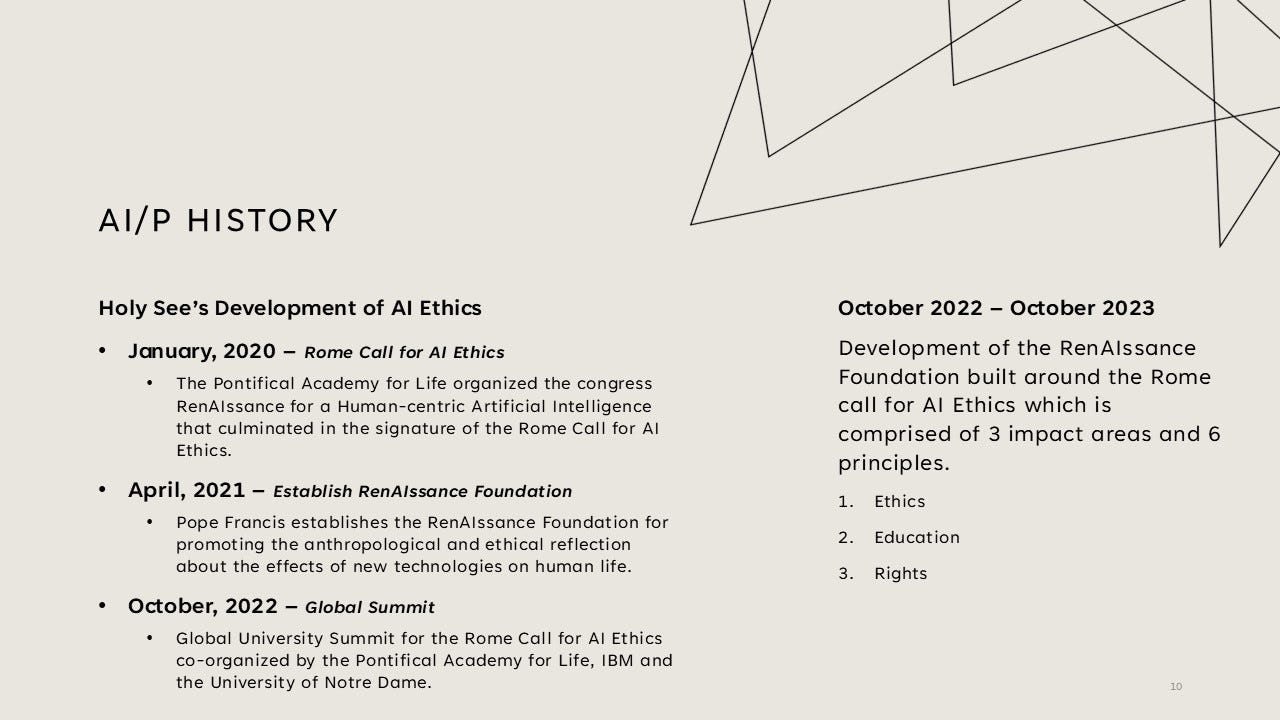

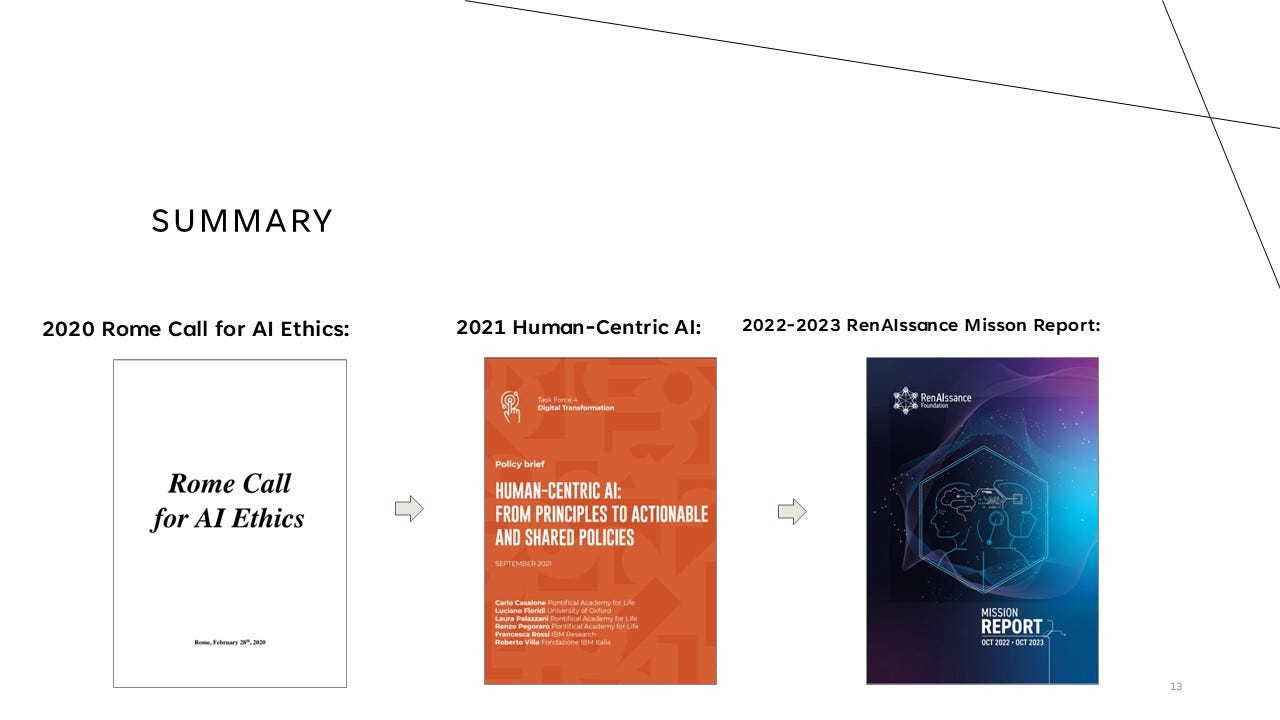
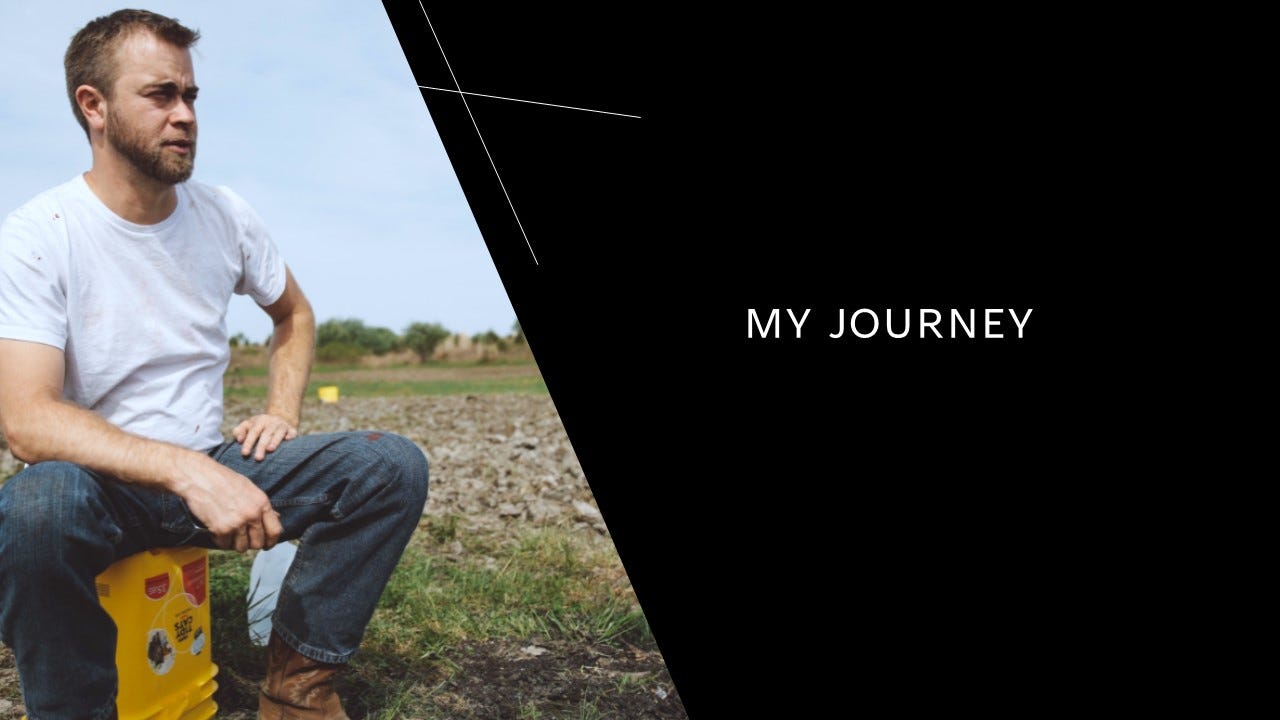
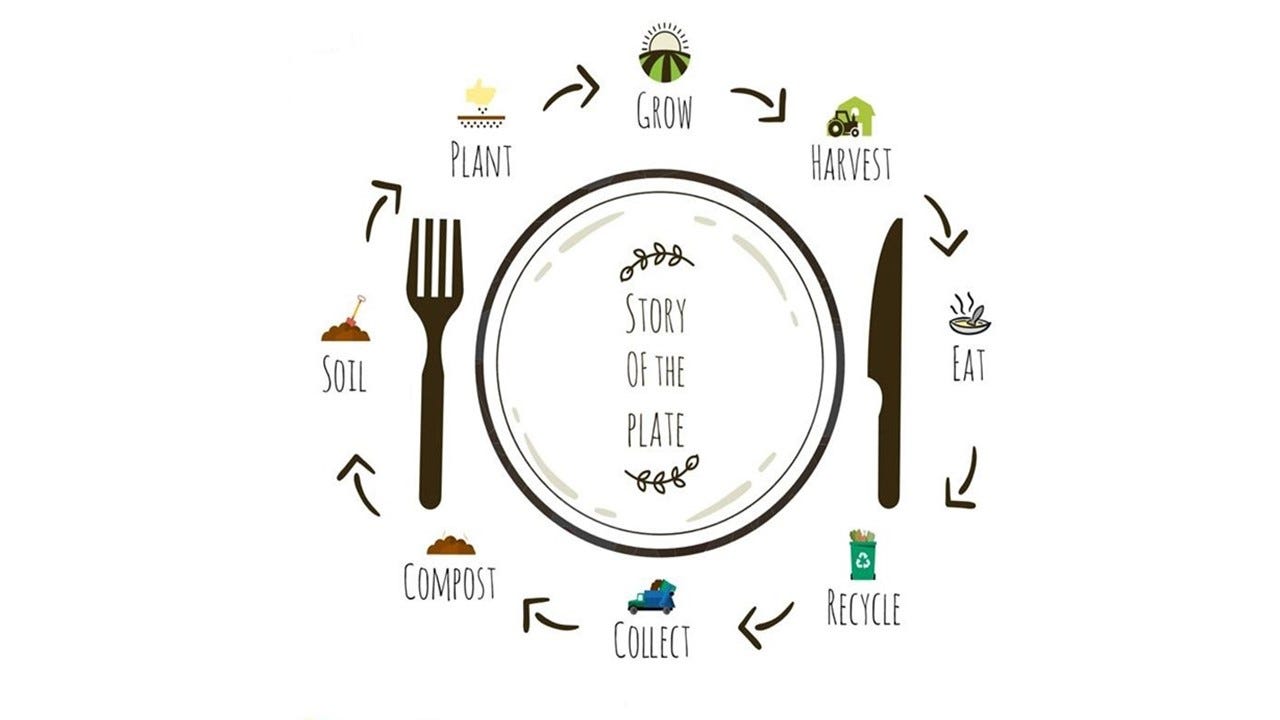
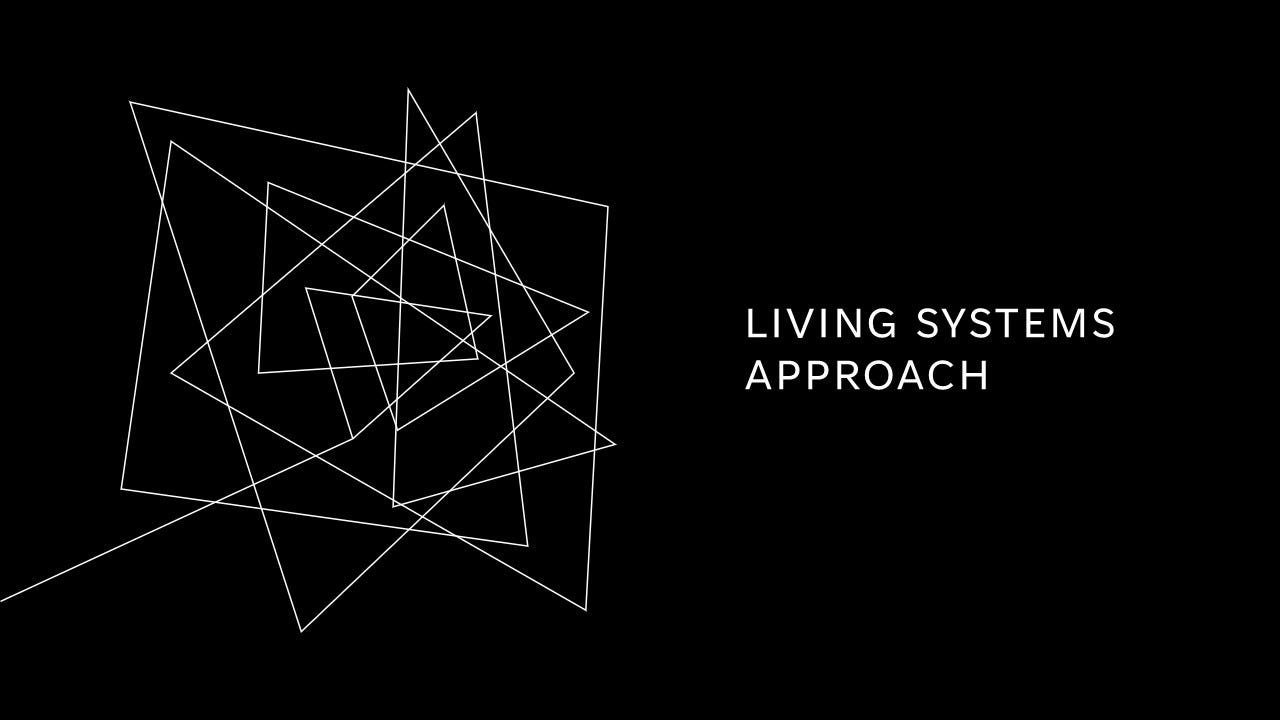

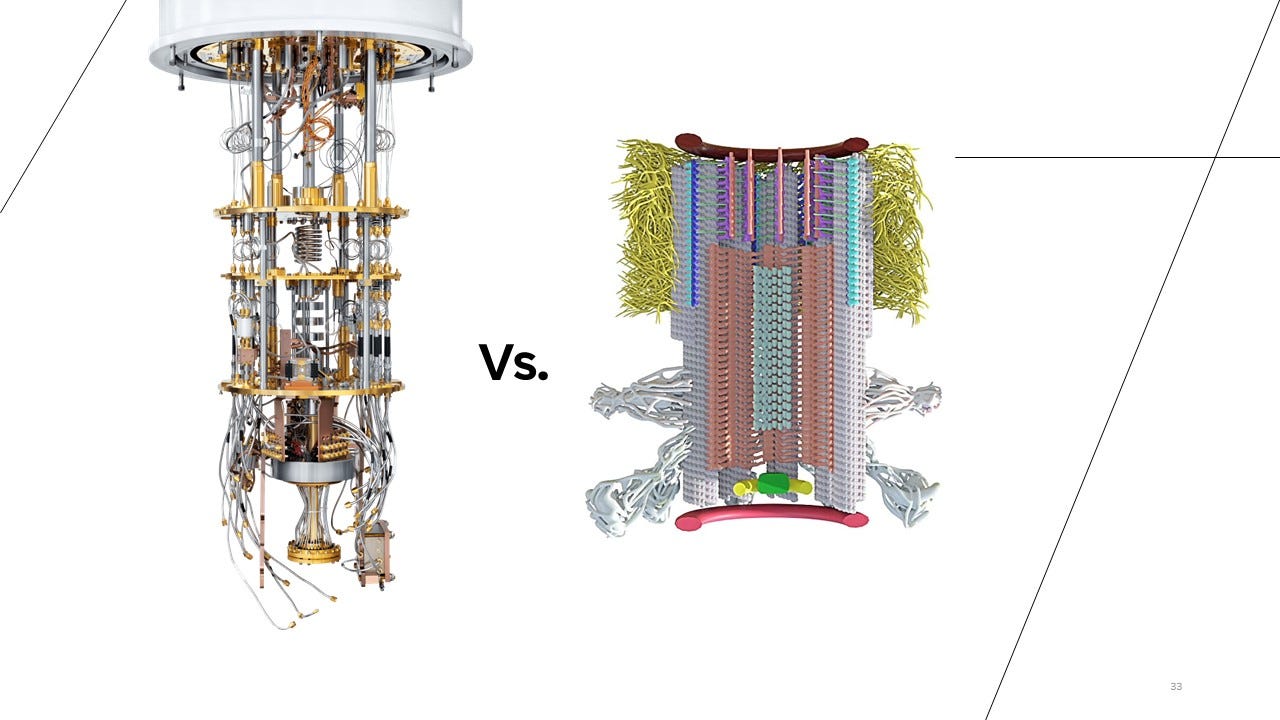
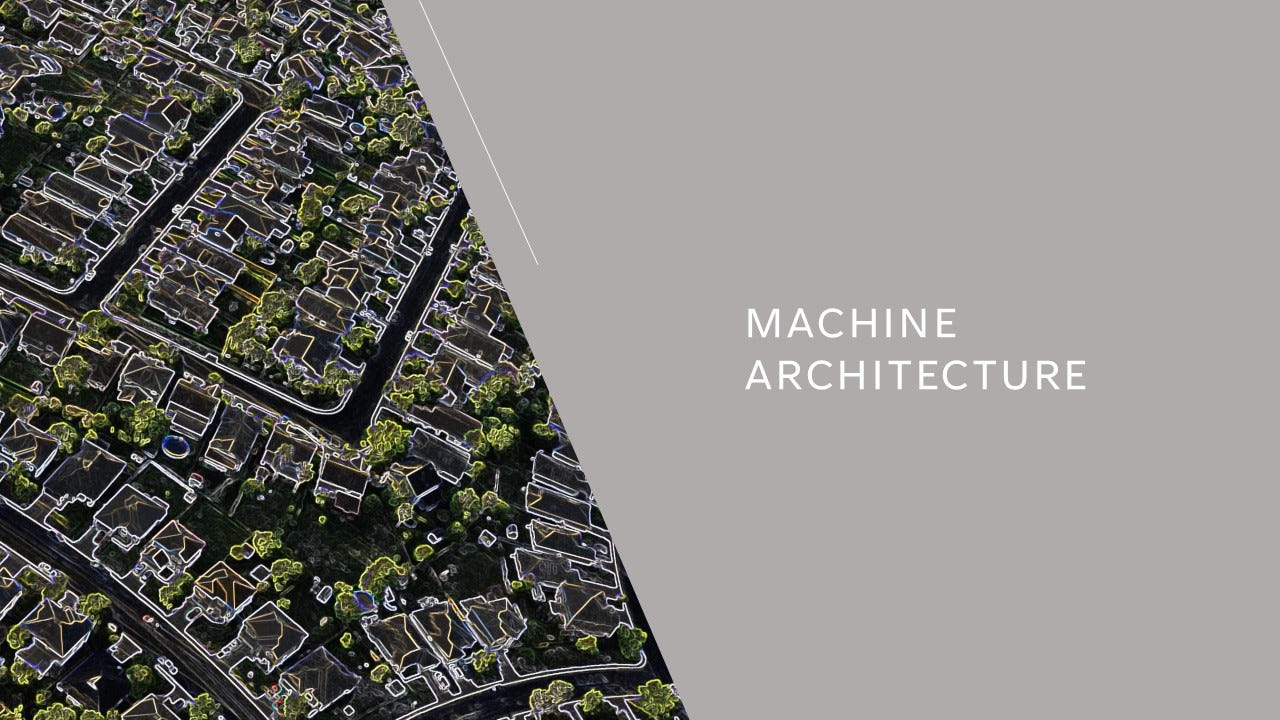
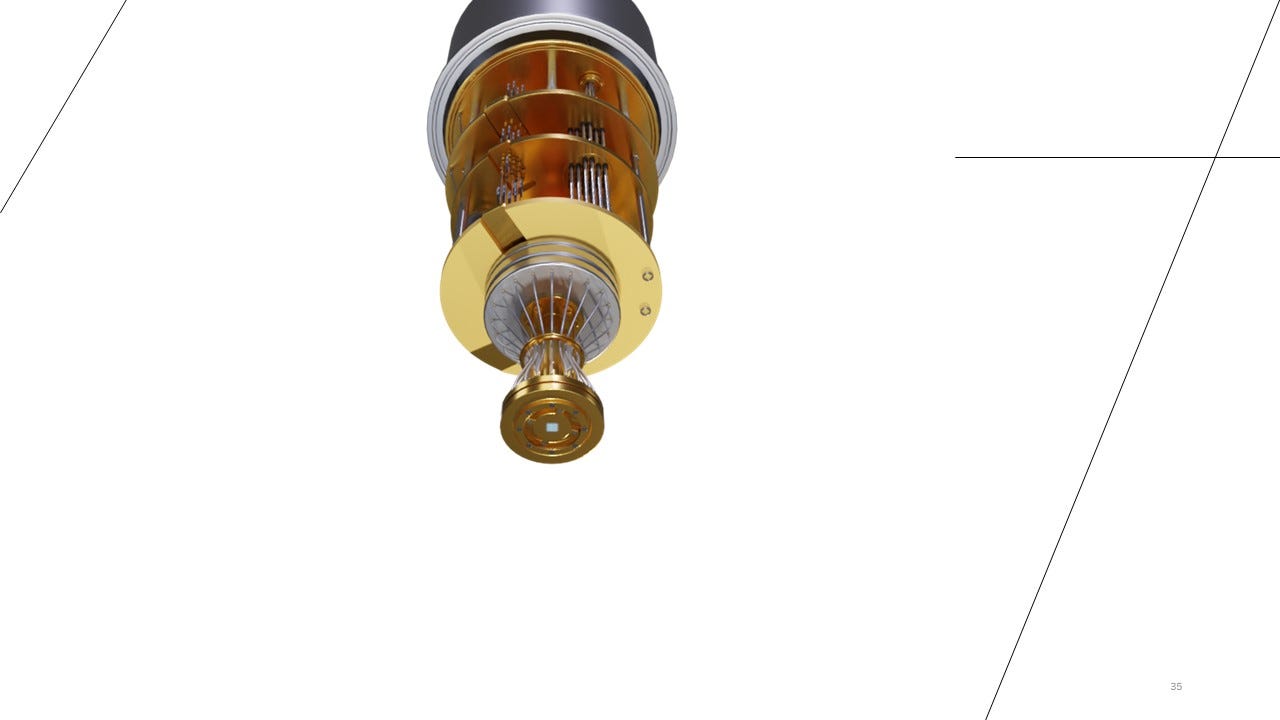
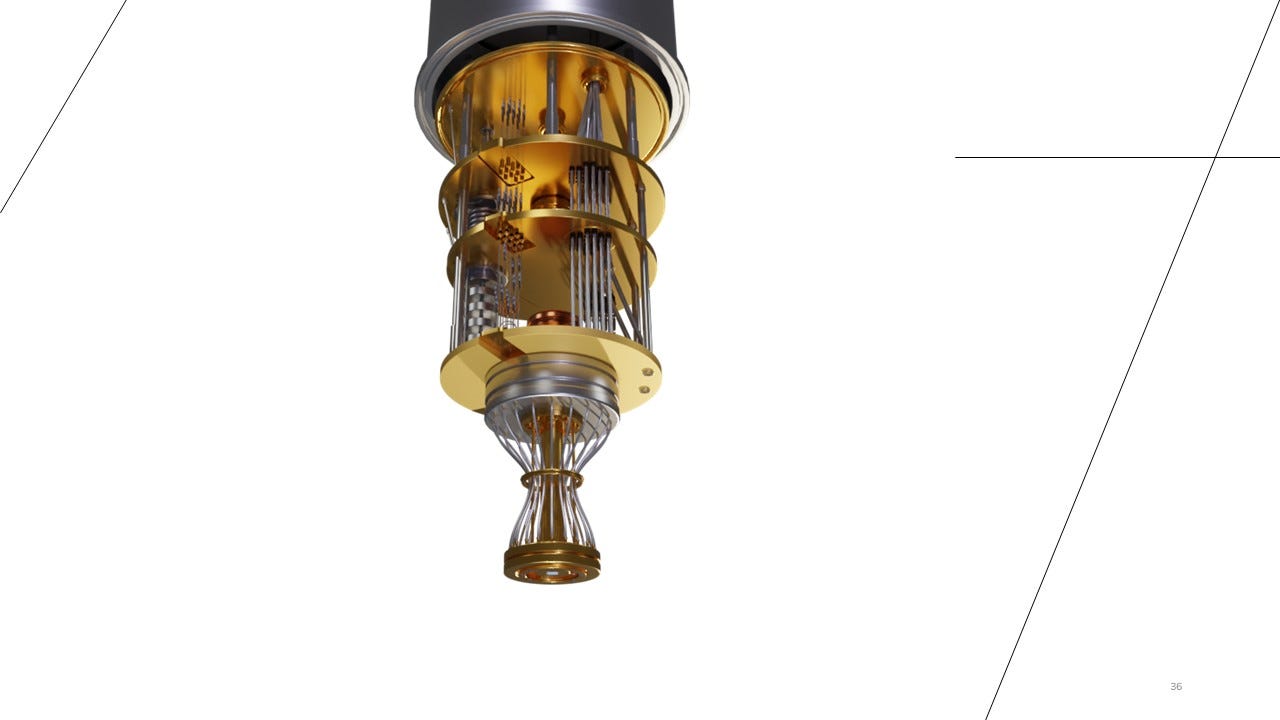




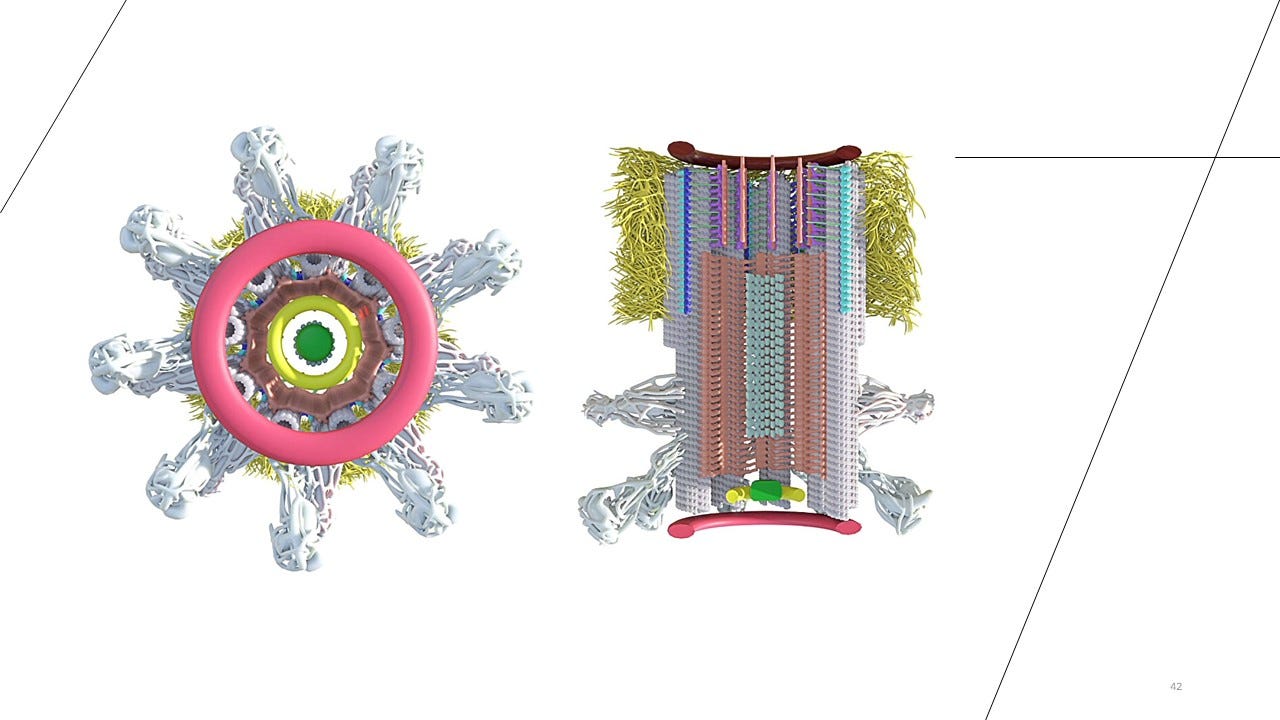
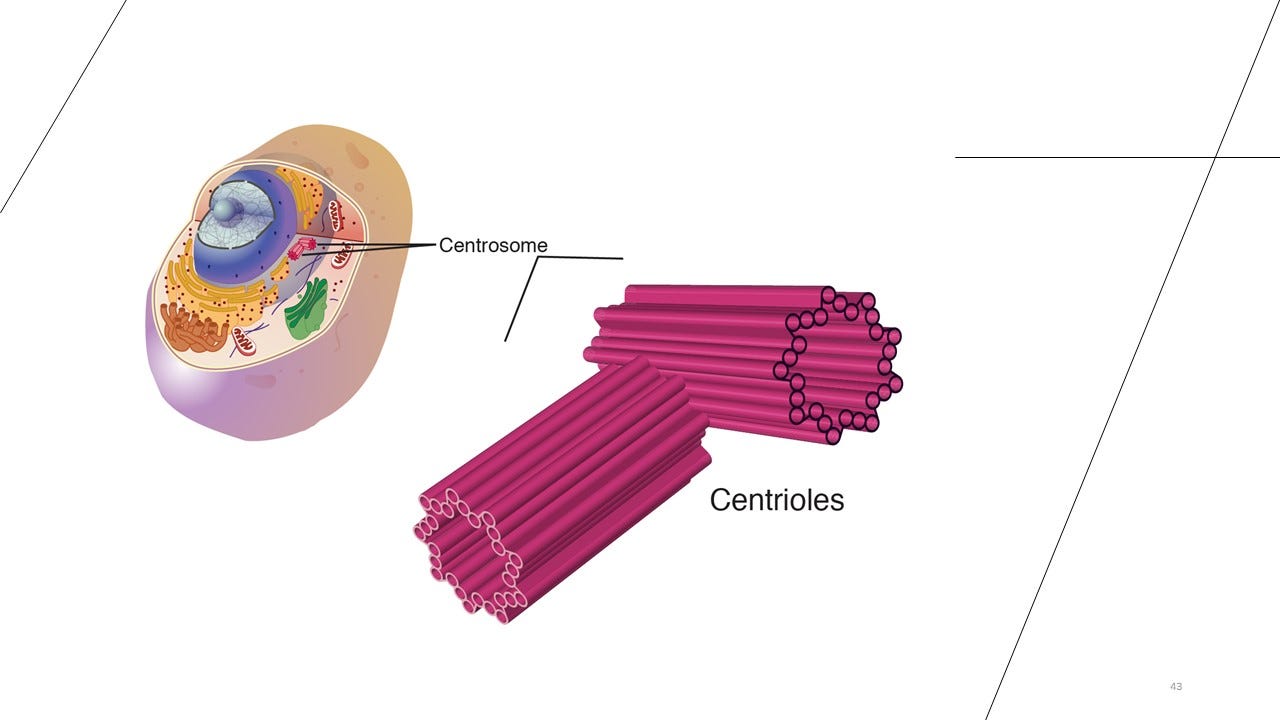
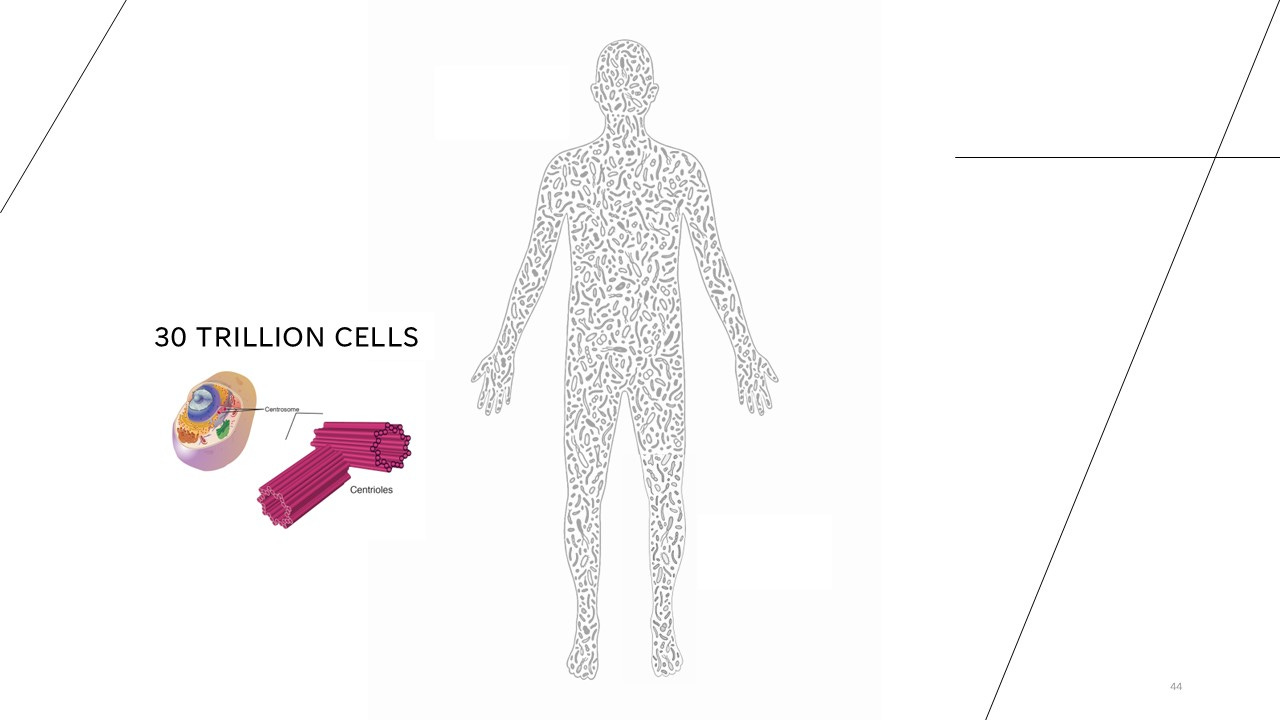
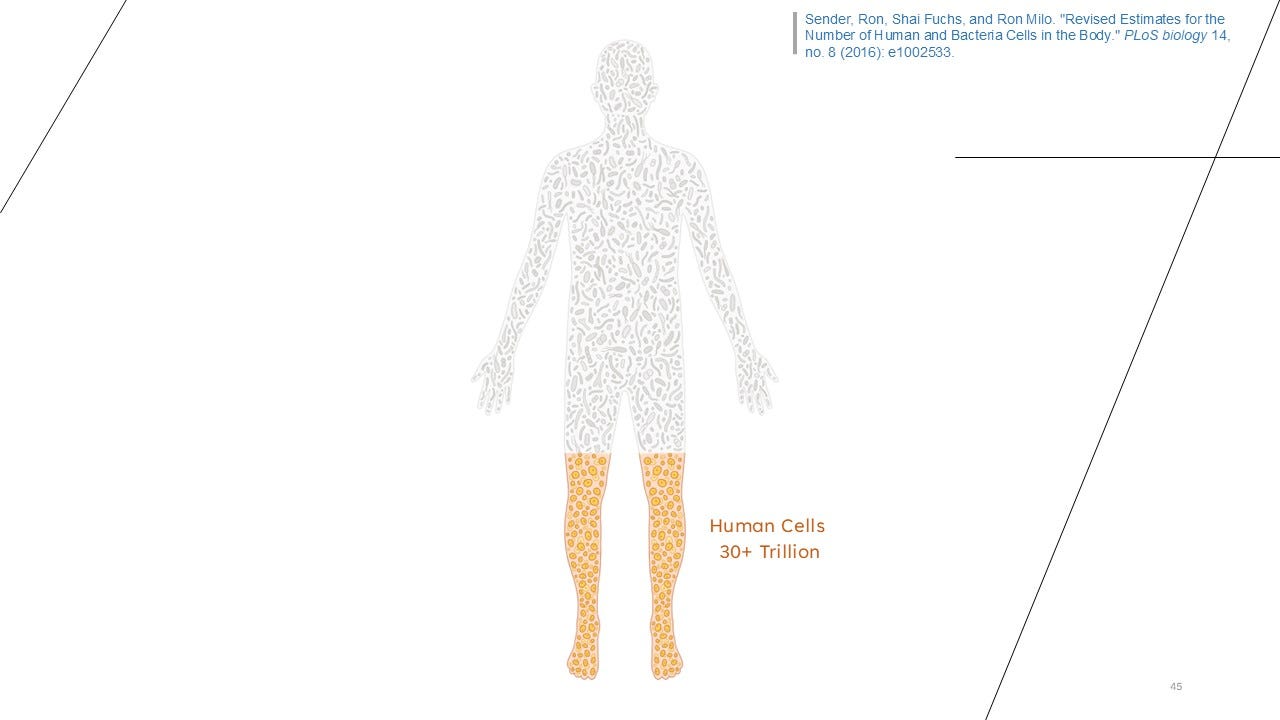



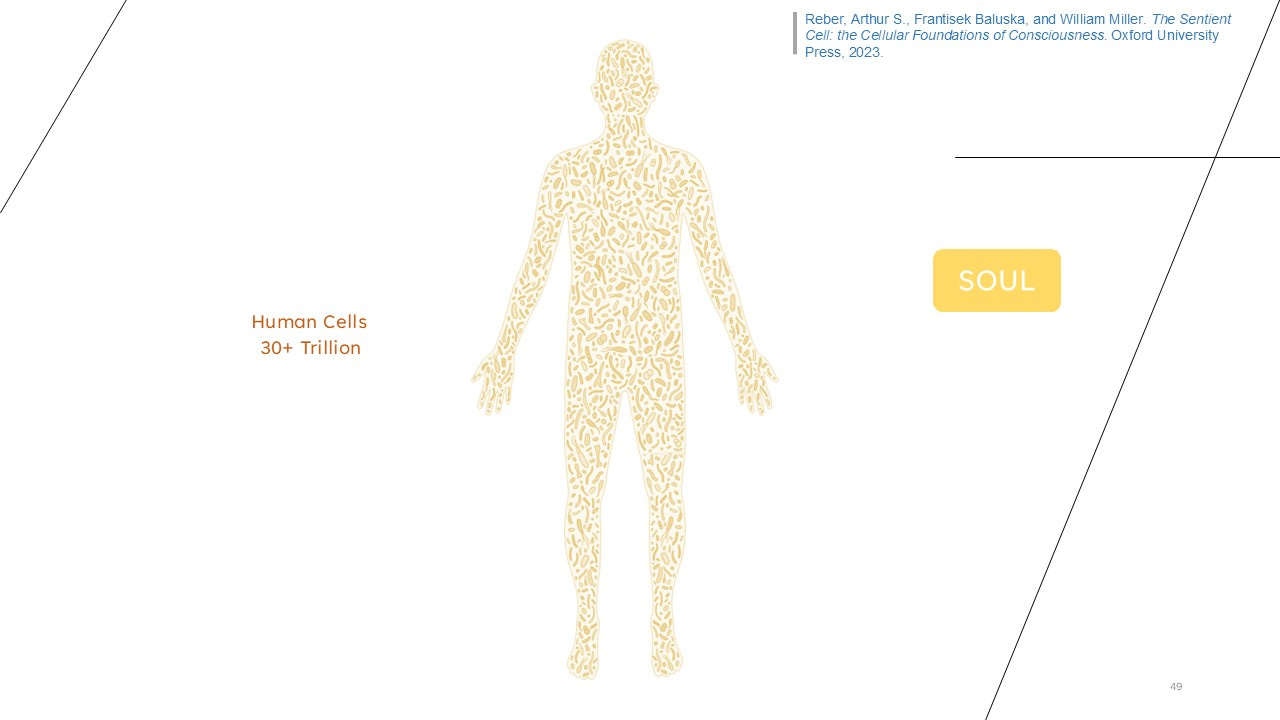
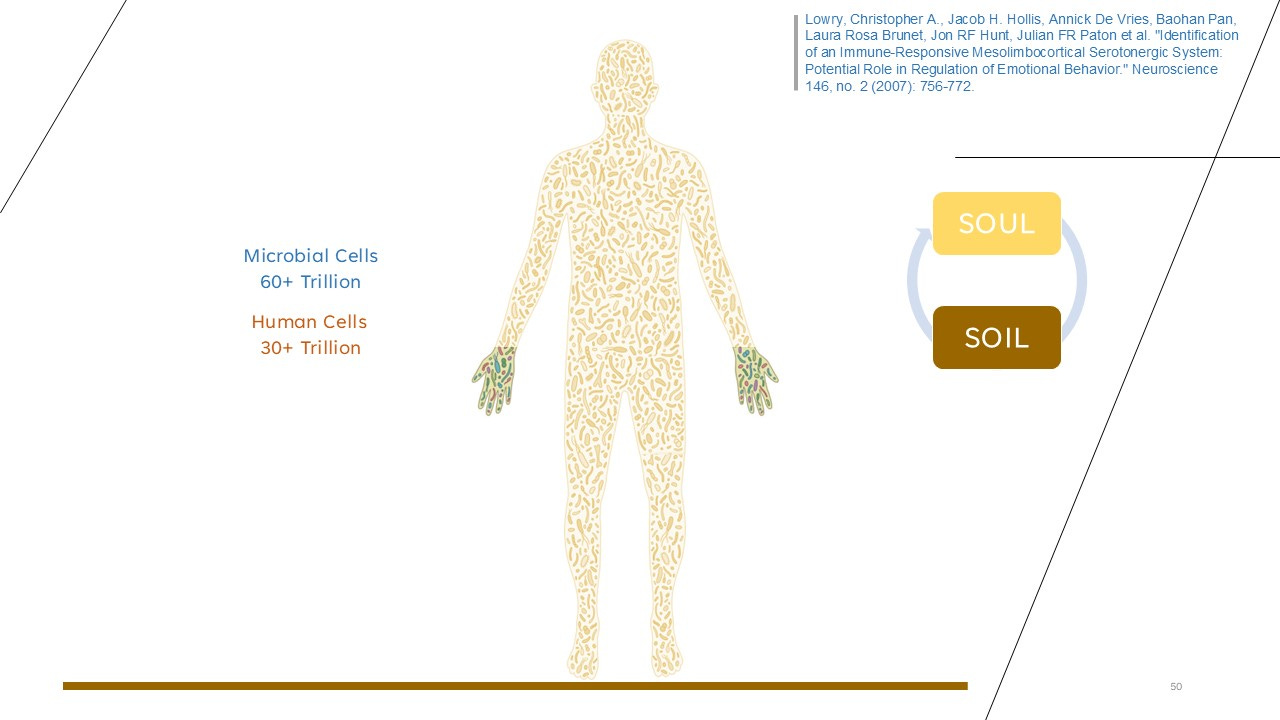

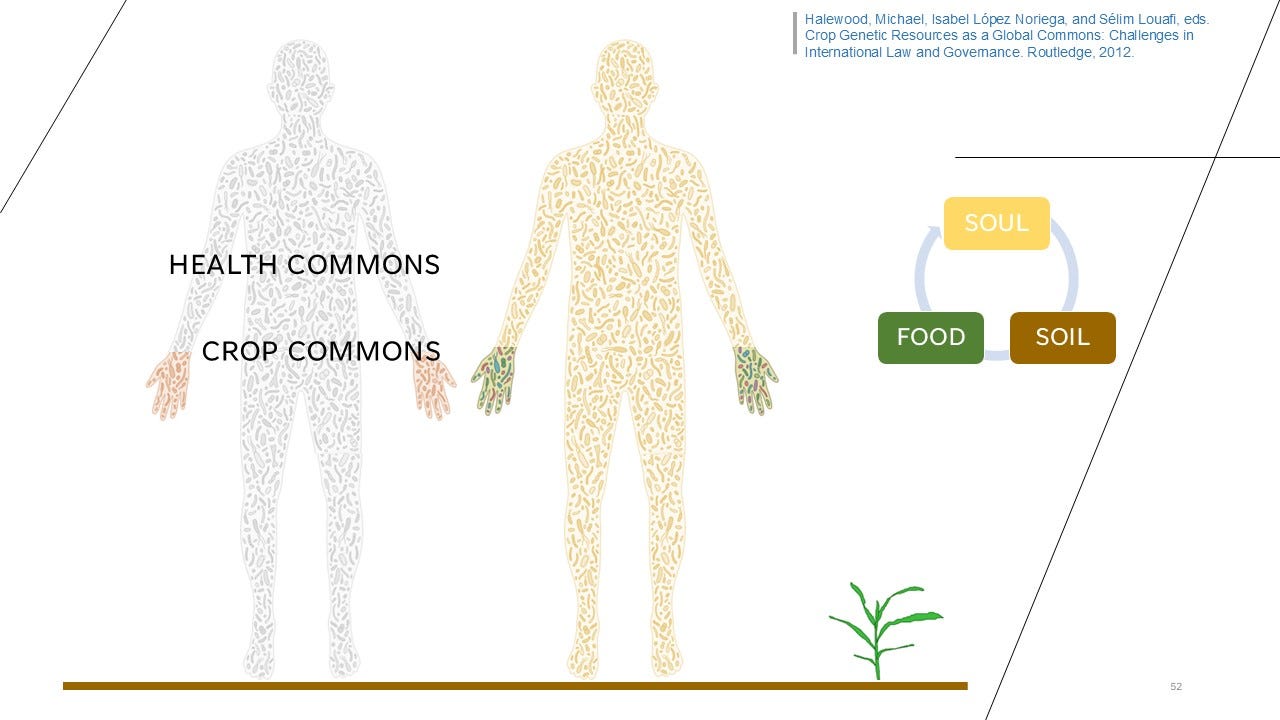
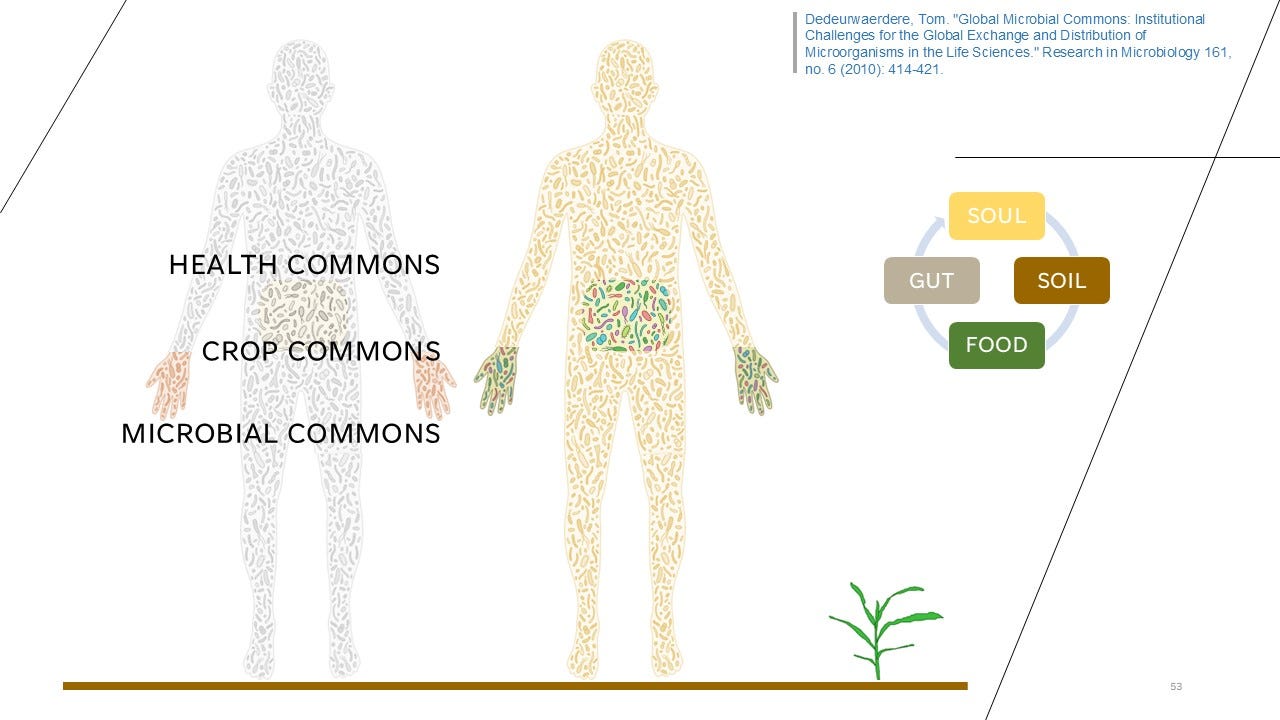


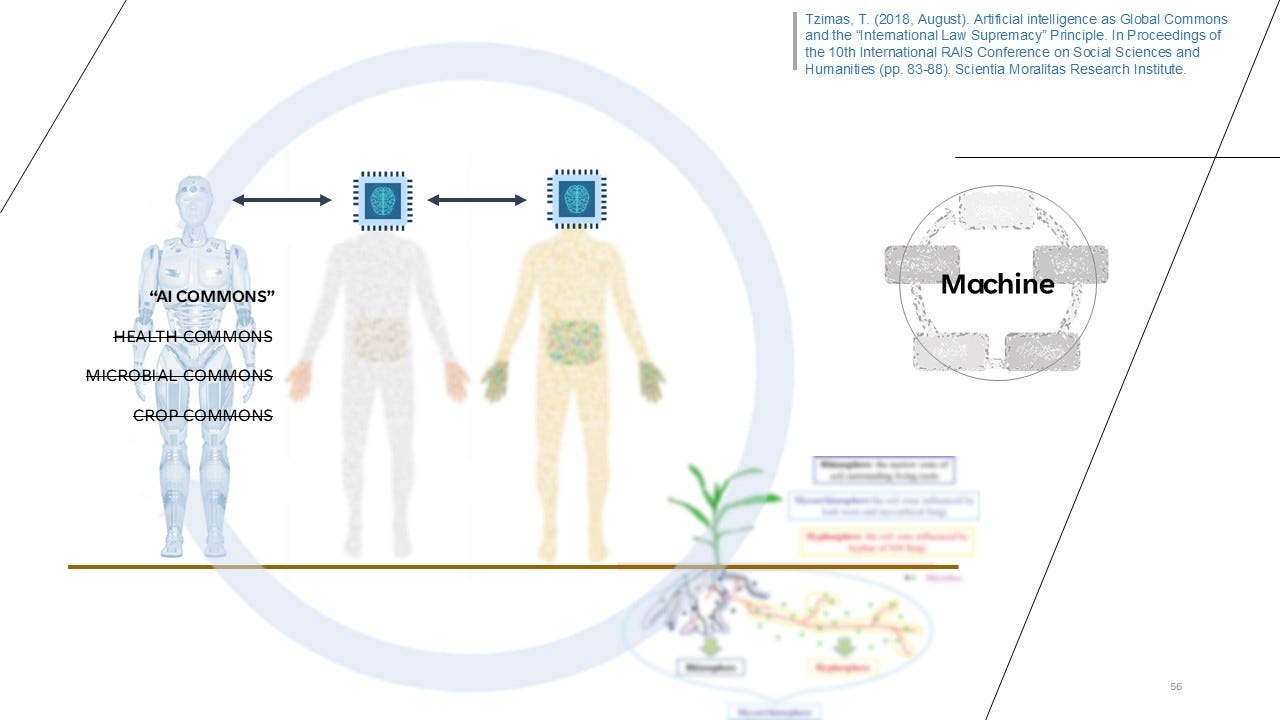
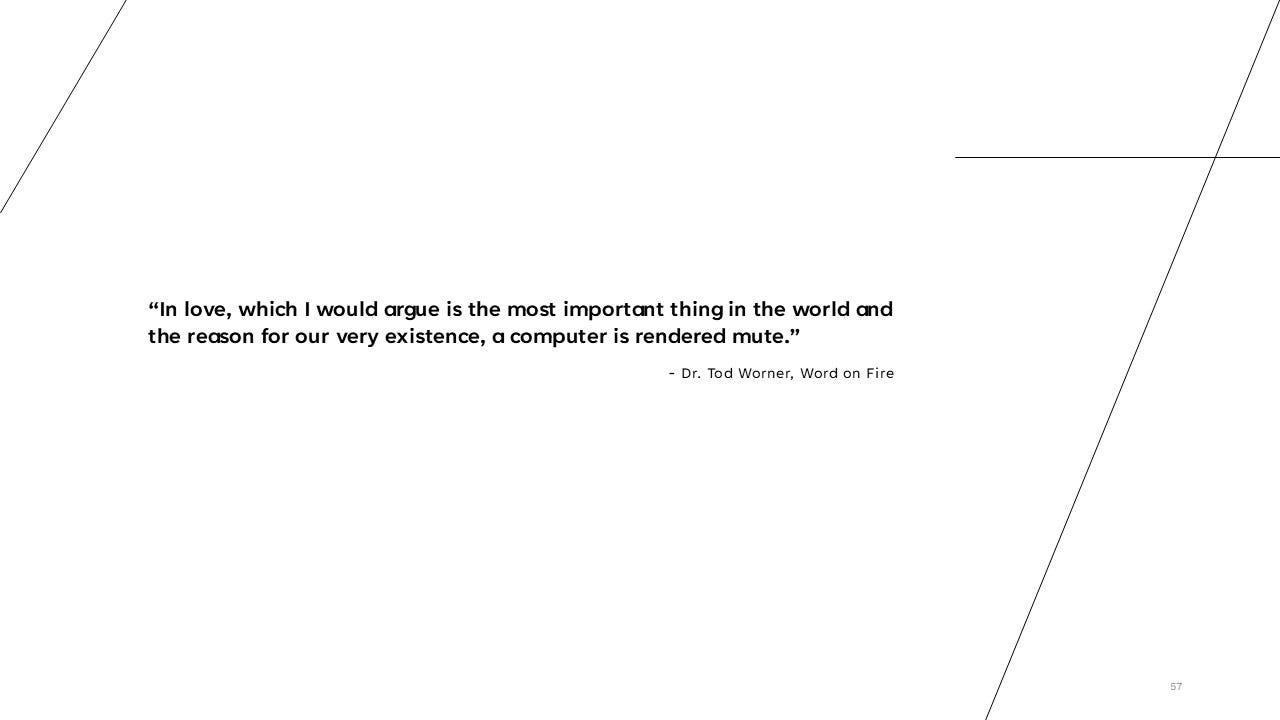
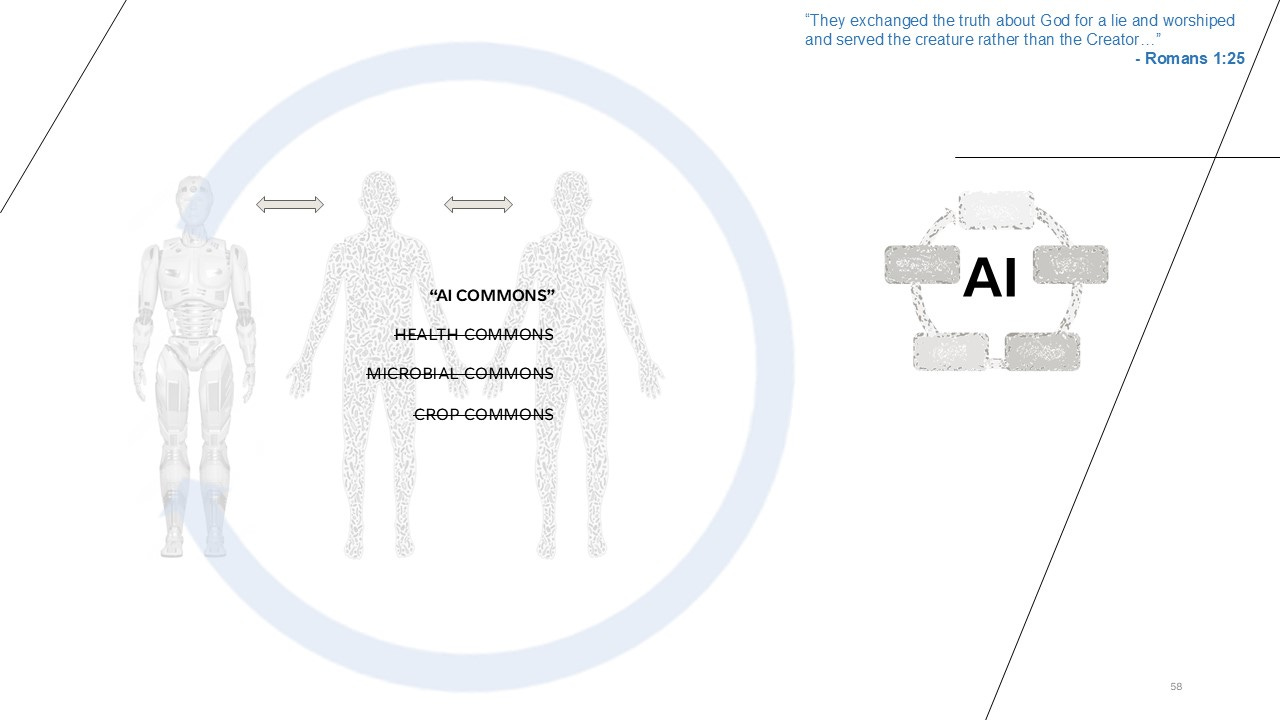



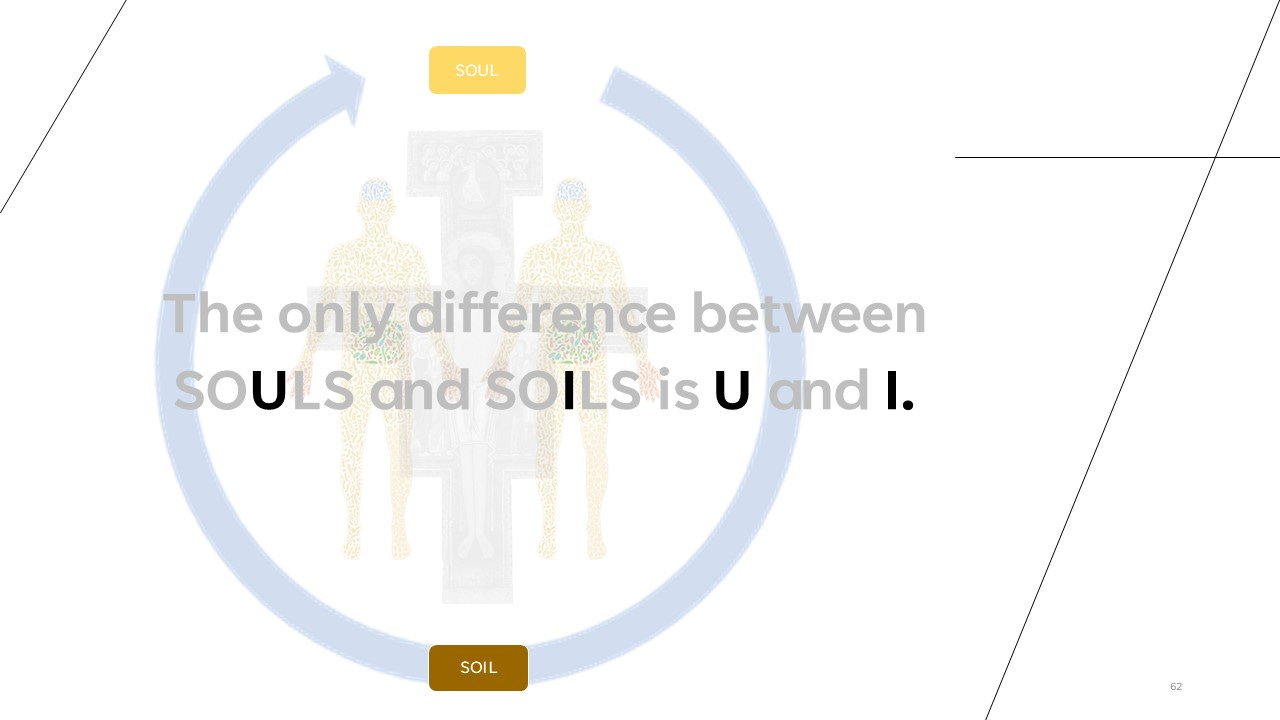

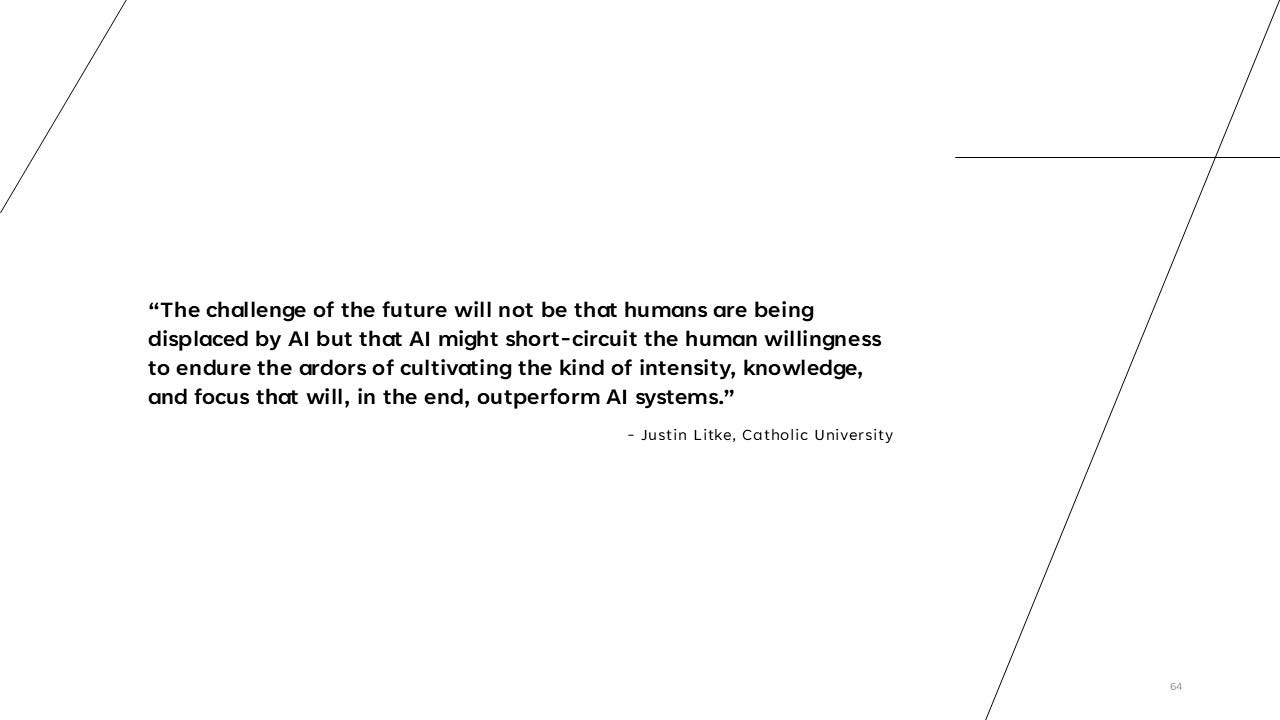
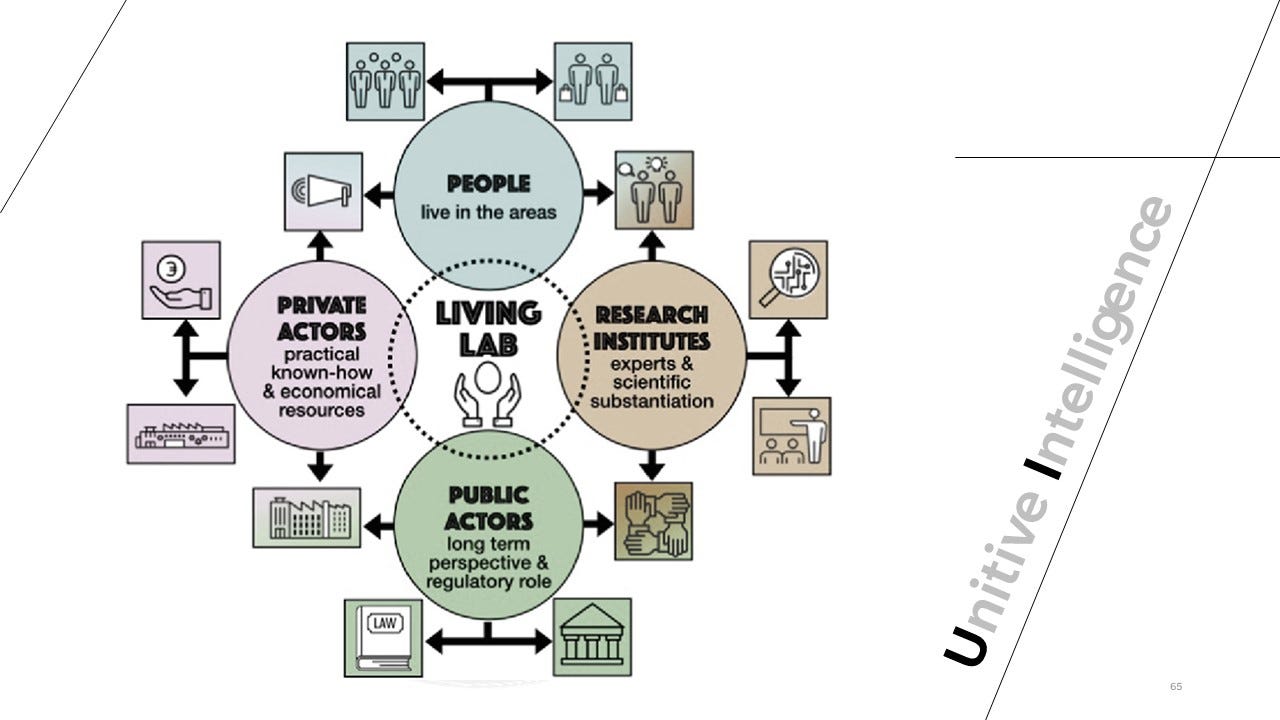


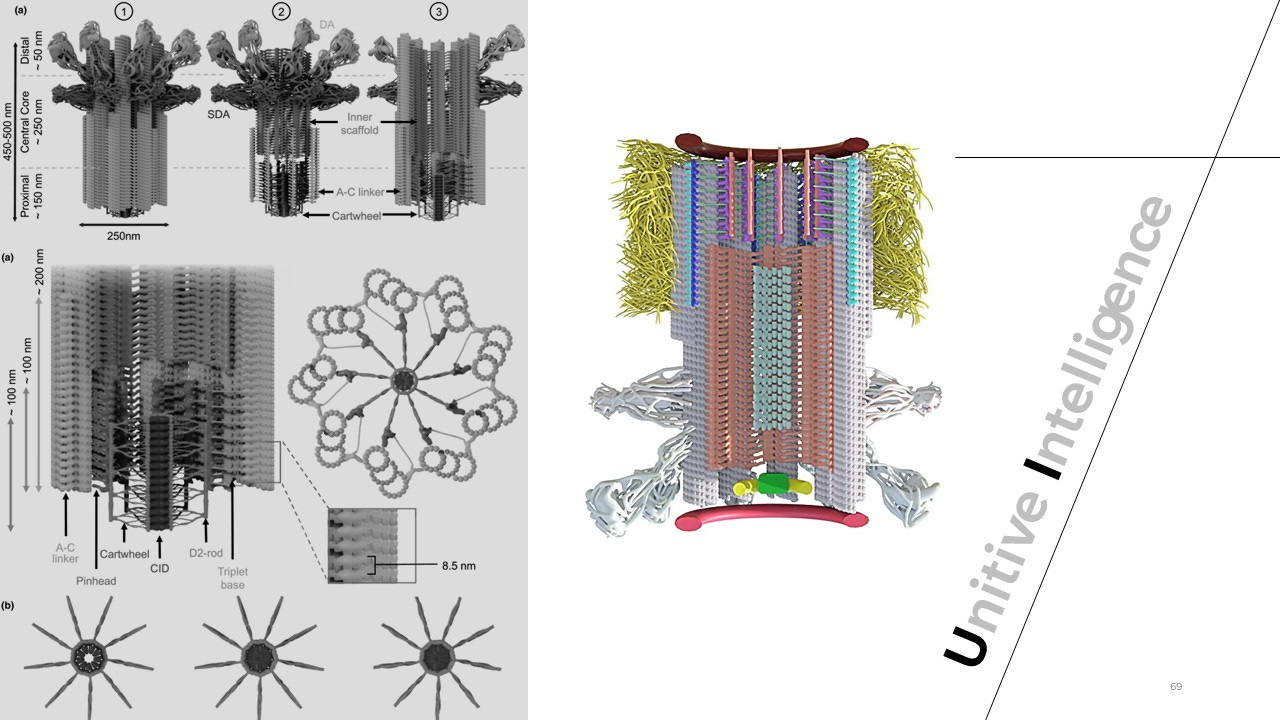

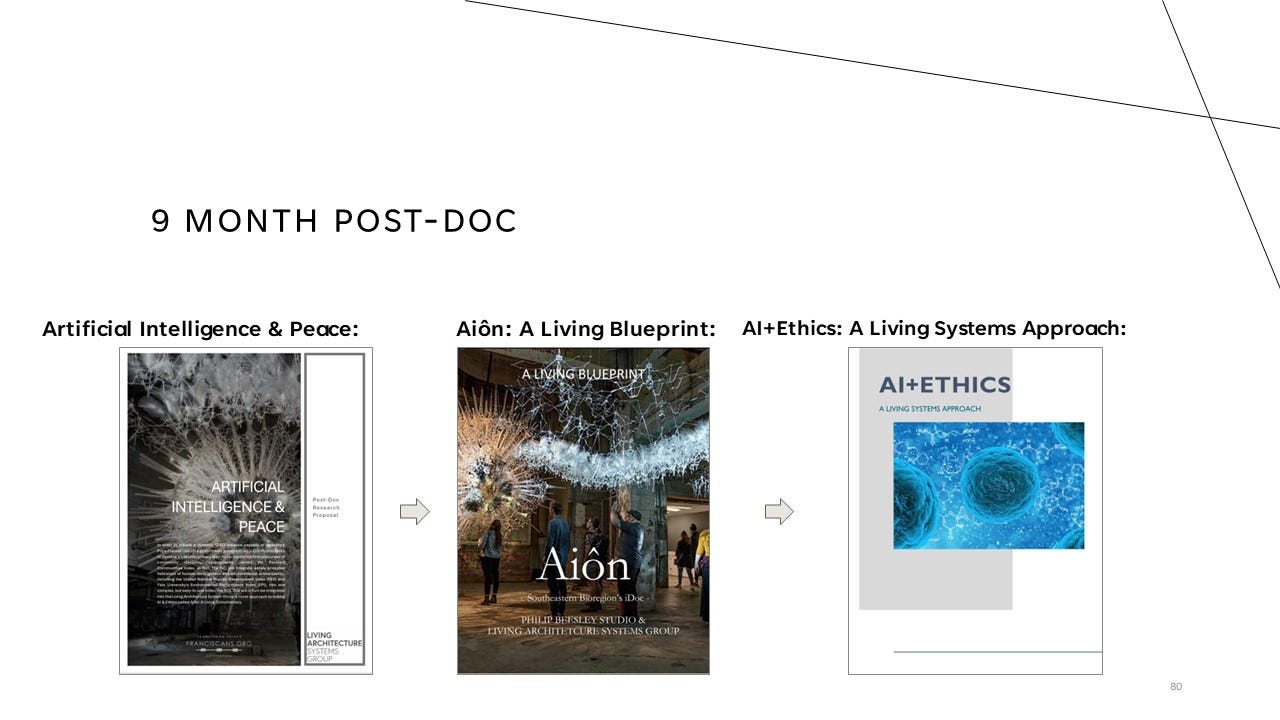


Share this post